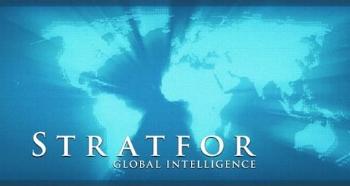November 01, 2016
Summary: Technology is evolving at a fast pace today and its promises and concerns keep shifting. There is a need to outline a path to think through technological change and to shed light on the values that technology regulation ought to promote in order to encourage innovation.
Innovation and creative re-engineering are pivotal to the well-being of people and advancement of nation states. Developing nations, with fewer legacy systems in place, provide greater avenues for technology enabled change, and India is no exception. However, for innovation to achieve its intended outcome, important background conditions such as training and guidance to think up creative solutions, a wider ecosystem to finance and incentivize innovation, and a state willing to take chances, as well as promote private entrepreneurship, are required. Unfortunately, post-independent India subscribed to an economic philosophy where the state assumed central authority to decide the allocation of resources and the direction and scale of private sector activity. This centralization of decision-making proved harmful to the ushering in of a paradigm shift in the way goods and services were delivered, prompting former Prime Minister Rajiv Gandhi to famously remark that only 17 paise of every rupee earmarked for various welfare packages reached the citizen.
Under the guidance of former Prime Minister P.V. Narasimha Rao, slow changes were initiated, resulting in a more vibrant role for the private sector and more avenues to raise capital. Simultaneously, regulatory institutions emerged to replace the license-permit Raj and regulate the interaction between private players, consumers and the state, in vital sectors such as capital markets, electricity, telecommunications, and insurance.
These developments coincided with a revolutionary technological shift, as a project incubated in the 1960s in the U.S. Defense Advanced Research Projects Agency (DARPA) came into its own, and the internet era commenced in right earnest. Witnessing exponential growth that put Moore’s Law to shame, the Internet soon became a powerful tool for finding and sharing information, learning new skills, facilitating the delivery of public goods and services, seamless cash transfers, and a host of other applications. More importantly for India, devices capable of Internet access have kept shrinking in size and cost; currently all smartphones and other mobile devices come equipped with capabilities to access the net. The Internet and Mobile Association of India recently estimated 371 million mobile Internet users by June 2016.












